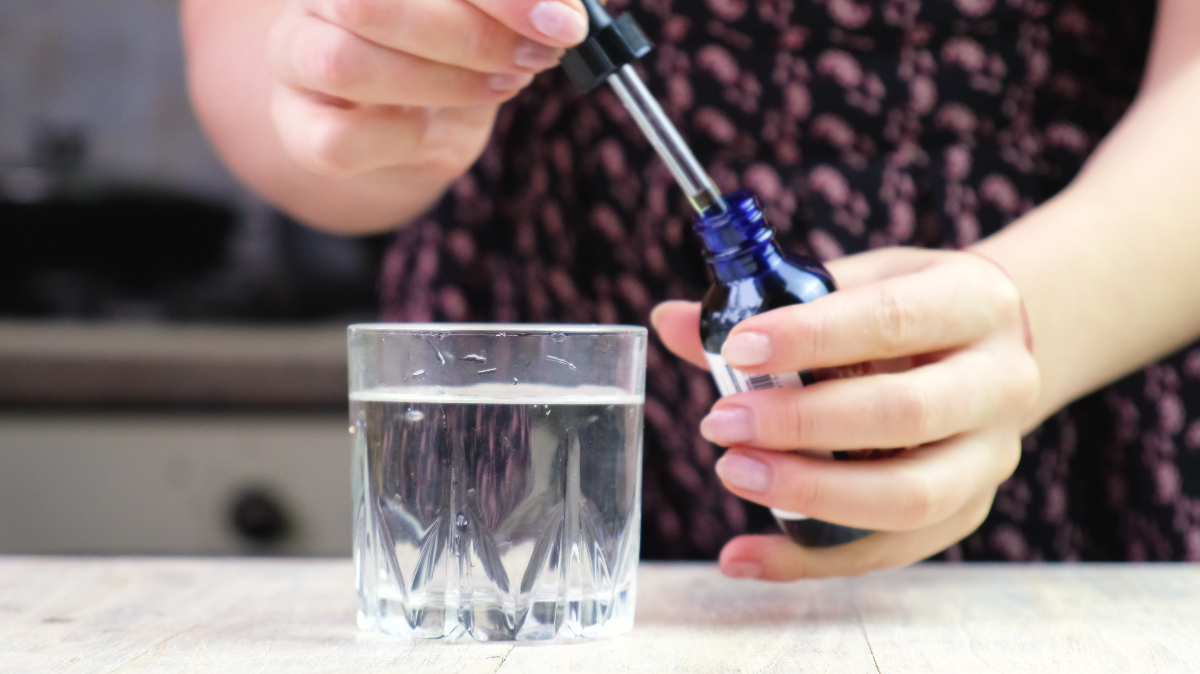Even if your home consists of regulated water by the local governments and state, it does not necessarily mean that it is safe to use or drink. There are more than 250 contaminants that can be found in water and this is why you need to assess its quality and level of cleanliness before using it. A house water filter and other methods are crucial to rid the toxic contaminants that can cause different health risks. Read on to learn how to easily assess your water’s quality and cleanliness.
What is Clean Water?
Water that is free from microbial, physical, and chemical contamination can be defined as clean water. The contaminants can include toxic metals and disease-causing bacteria that can pose a health risk. If the contaminants do not pose a health risk, they can also cause the water to be unpleasant to drink. Microbial contamination is caused by the introduction of fecal material like Vibrio chlolerae and Salmonella Typhi. Chemical contamination consists of organic compounds, metals, and other chemicals found in the water that can also pose health risks.
Overconsumption of water-containing chemicals can pose a health risk. On the other hand, physical contamination may refer to the water’s appearance like odor, color, temperature, and cloudiness. The presence of small particles like minerals can make water unpleasant to drink though they might not have direct health risks.
Better Water Taste
The taste of water can also tell you its quality to determine if it is appropriate for different uses. For instance, various sources of water do not taste the same. This is mainly caused by the mineral content found inside. The water might have a bad taste, chlorine odor, must odor, rotten egg odor cloudy, and off-color. Poor tastes can be a result of high iron levels, and other signs of poor quality involving color and taste can be recorded using a simple observation.
Get the Right Water Filter
Another effective method that you can use to assess water quality and cleanliness is achieved through the use of a water filter. Different types of water filters are designed to give you clean and safe water for drinking in your home. With Wellness Water Filtration Systems, you can eliminate the majority of potentially harmful contaminants in the water in your home. A water filtration system is designed to eliminate physical, microbial, and chemical contaminants from the water.
Boil the Water Before Drinking It
Another surefire way to ensure that your water is safe to drink is to boil it first before using it for domestic purposes. Boiling water kills the bacteria and other chemical contaminants that are found in water. After boiling the water, leave it to cool before you drink it. If you want, you can filter the water to get rid of physical contaminants that may be present.
Other Methods to Test Water
There are also other methods that you can use to test the water that includes the following:
- Had-held digital instruments- these are lightweight colorimeters, digital meters, and photometers used for testing water. These devices provide the most accurate results, but they are also expensive.
- Test strips- these include single-use strips that can change color to show the concentration of a particular chemical. The kits are very simple to use, but they are less effective.
- Color disk kits- these can be used for a wide range of chemical tests. When you choose this method, you need to carefully read the instructions and the colors.
Decide What to Test
As you are now aware, water contains physical, chemical, and microbial contaminants that cannot be detected by a single test. Therefore, you must know what you want to test first before undertaking the initiative so that you can be in a better position to assess the quality of water and its cleanliness. If the water is contaminated by feces, indicator organisms are used to assess it to test for different microbes. The indicator organisms are introduced by feces from animals and the bacteria cannot survive for a long time outside the digestive system. However, it can contaminate water.
Different compounds include physical, chemical, and microbial factors that can affect the quality and cleanliness of the water. Some of these elements are not visible to the naked eye, and they can also be present even in regulated water. A water filter system can help you ensure that your water is safe for drinking and other uses. Boiling the water can also go a long way in improving the quality of water, and there are also other methods that you can do to achieve the same.

